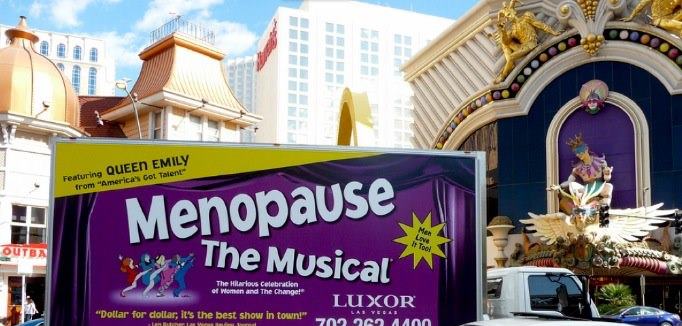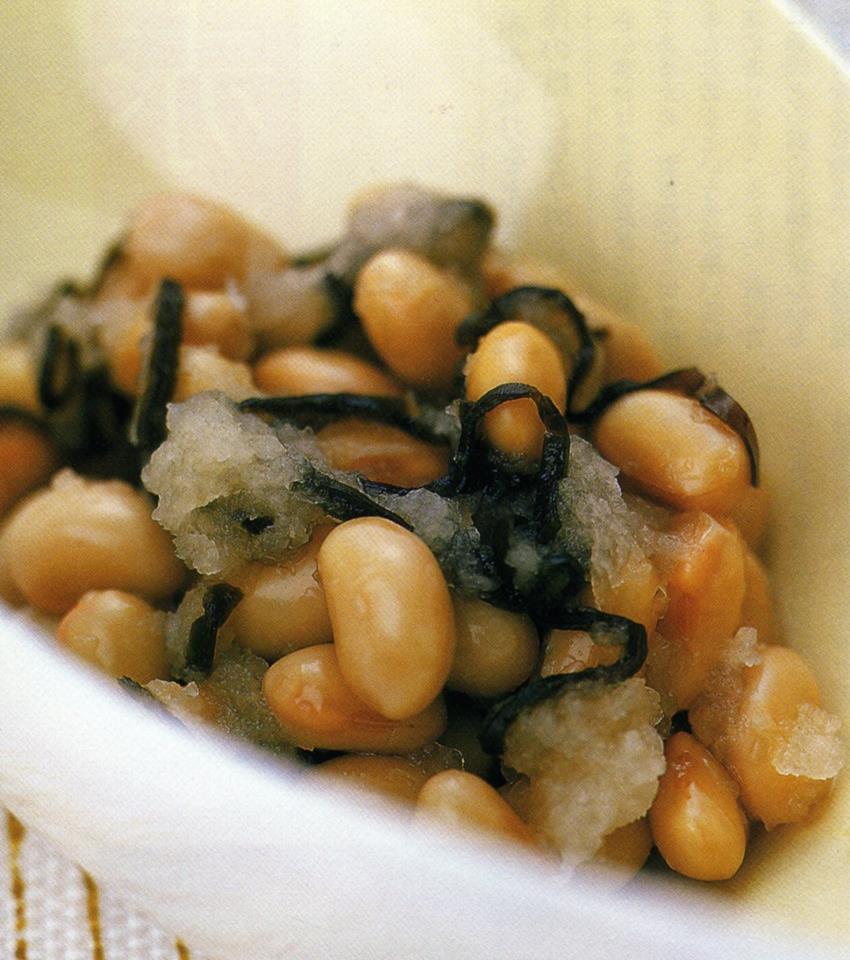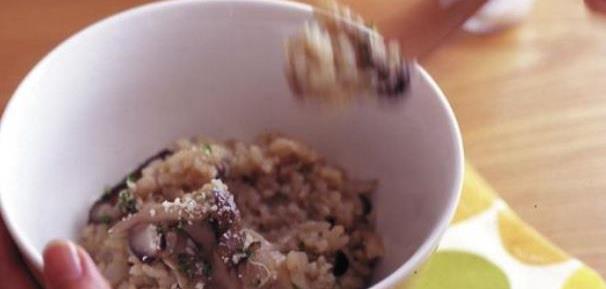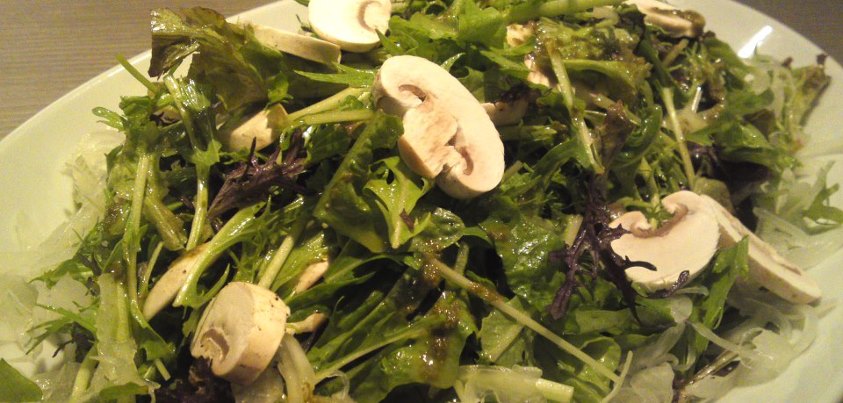
The real reason for conducting such a huge reconstruction every 20 years is unknown, but there could possibly be the following:
- Since the buildings have been built in a style following the ancient arrangement of 1,300 years ago, pillars and other parts tend to deteriorate quickly and need to be replaced.
- While the Kanname-sai ceremony, which is conducted to pray for good harvests, is an annual ceremony in the Ise Jingu, Shikinen Sengu culminates the annual event as a larger edition of the ceremony.
- For generational transition where old carpenters pass construction methods on to their successors.
Who on earth found a way to repeat reconstructions so money-consuming and so ineffective? That is really strange. Who has been covering the cost throughout history?
Unlike Roman Catholicism, the Japanese Emperors have always been positioned as national symbols except during the particular period (from the Meiji period to prior to World War II) in which they had their own property. So generally they didn’t cover the cost for Shikinen Sengu ceremony. It was the powers-that-be and wealthy merchants who covered the cost. Now is the time when we find most difficult to ask for donations from the public, and that is a dilemma
More than half of Japanese people have little interest in knowing about their own country and don’t even know what Sengu is.
This year Ise Jingu, where the Shikinen Sengu ceremony is being held, is the place worth visiting. Especially during summer and autumn months, there will be various ceremonies held related to the Sengu, and you will be able to see a large number of worshippers visit the shrine.
Since 10,000 hinoki (Japanese cypress) logs are used for the Sengu reconstruction, the Jingu is supposed to be infused with the fragrance of cypress.
Why not visit the Ise Jingu, the guardian deity of Japanese people, as it is lovingly reconstructed? The cypress fragrance that fills the air creates an atmosphere of solemnity.
Indeed, preserving the creation over the past 1,300 years is a miracle of history. Traditional technologies have been handed down from person to person. It is as if there existed a time capsule that to tell Japan’s future generations how people in the past were so ecologically minded. You could say the time capsule waits with bated breath for a time when we have the scientific capability to figure out the details of their ecological lifestyles.

Regarding the hinoki cypress required for the Shikinen Sengu ceremony; so far, the timber has been collected from forests all over Japan. However, Mr. Tsuneyasu Takeda mentions that there is a project for reforestation of the Jingu’s sanctuary forest, which will provide all the whole timber required for the Sengu a few hundred years from now. The story makes us happy and dizzy at the same time. That’s the very reason for the Shikinen Sengu ceremony. Ecological living is about making sustainable systems responsible for the next few hundred years. The Sengu reconstruction doesn’t produce waste; the old lumber used for the current Jingu will be shared with subsidiary shrines all over Japan where they use the materials for torii and more. The secret of Ise Jingu is filled with unknown profiles which attract those who are charmed by the shrine, but whether you open the door or not is up to you.
Ise Jingu Official Website: http://www.isejingu.or.jp/shosai/english/index.htm
Reported by Yukari Aoike and Akiko Sugahara, Sugahara Institute






